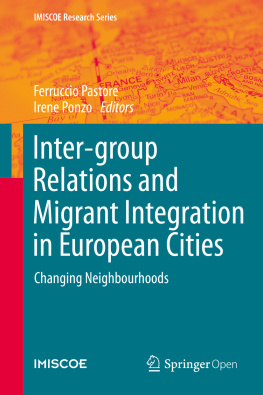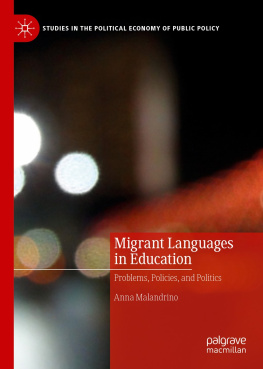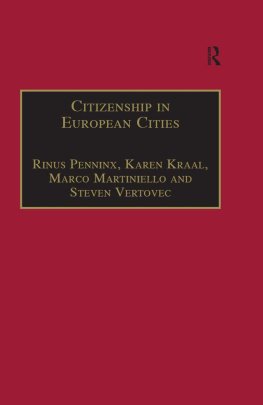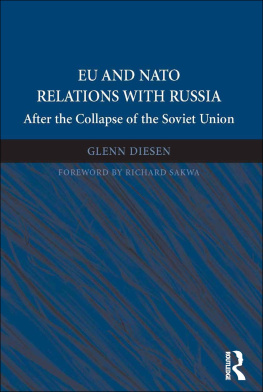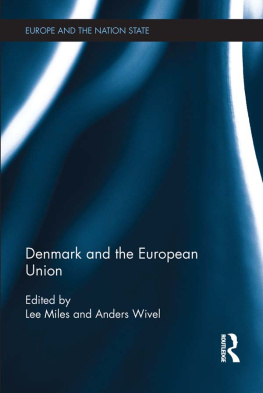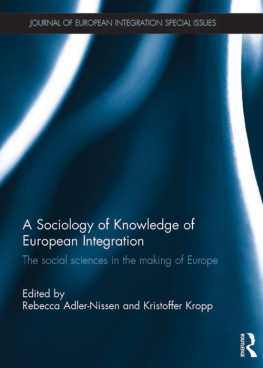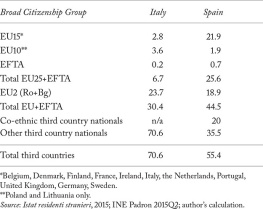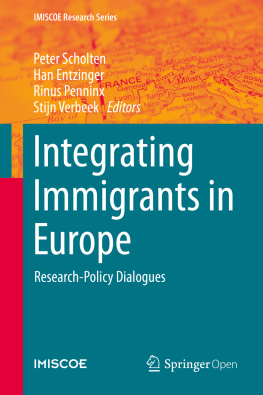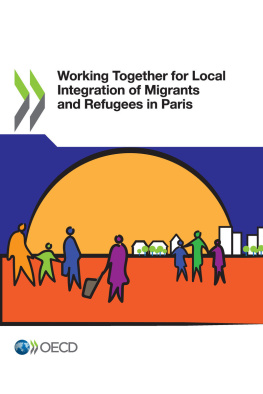Ferruccio Pastore is the author of Sects..
Tackling the Dilemma of Local Variations in Ethnic Conflict and Integration
This is a book about social change in European cities as brought about by international migration. Among the many aspects of such long and complex waves of transformations what interests us in particular is how relations are structured and how they evolve in different and increasingly diverse local societies. The main research questions addressed in this book are thus the following ones: why do origin-based categories emerge much more clearly and powerfully as practical and symbolical boundaries in certain local contexts rather than in others within the same national and regional space or even within the same city? How much do urban contexts count in shaping inter-group relations and specifically in making ethnic categories more or less salient?
Given the fact that central aspects of our research questions, such as relations between the majority population, immigrants and their descendants and the salience of ethnic boundaries are generally considered to be key dimensions of integration processes though with a different emphasis in American and European literature (Gans ), this is also meant to be a volume on immigrant integration in European cities.
Since ethnic tensions and conflict have been a major concern in the urban policies of several European cities over the last two decades, we pay special attention to these dynamics in our understanding of integration. Specifically, though we agree that positive relations and loss in salience of ethnic boundaries are crucial aspects of successful integration, we understand the latter not as a rigid state of peaceful coexistence conceptually opposed to conflict but as a dynamic achievement, a process that implies ongoing negotiations on the idea of us, whereby re-negotiation is possible. Accordingly the research project upon which this book is based is titled Concordia Discors,). However, in distinction to the Chicago school, here the function of conflict in the process of integration is not taken for granted or located within a staged path. We started from the assumption that conflict does not always progressively disappear and sometimes breaks out, even suddenly. Conflict can sometimes be an opportunity to know each other, to cross and eventually change group boundaries thereby enlarging the concept of us. At other times it makes such boundaries neater and more impermeable.
Like all societal phenomena, integration varies through time and space. The degree of integration between individuals or groups is unquestionably affected by the course of time and by the succession of generations. But it is also deeply influenced by the particularities of place, as clearly integration is powerfully shaped by the specificities of the economic, political and spatial context in which the encounter occurs. However, problems arise when one tries to be more specific in determining the respective influence of different geographic scales on integration processes.
Throughout the 1990s, immigration scholars in Europe focused on the nation state as the key level for understanding processes and policies of immigrant integration (Brubaker ). In the mid-1990s this focus on the national level started to shift, following a growing scientific and political awareness of the fact that most immigrants live in cities and their integration takes place primarily at the local level.
Since then, empirical migration studies have increasingly been focusing on the city level. This is in line with broader trends which have been making cities ever more crucial to understanding social and political phenomena, especially since the crisis of Fordism at the end of the 1970s opened the way to economic restructuring and new forms of governance (Kazepov ).
However, not only states but also contemporary cities have proved to be too internally fragmented and heterogeneous to be investigated as undifferentiated units: suburban nineteenth century working-class neighbourhoods are very different from inner gentrified districts, social housing areas built in the 1960s are hardly comparable to more recent business city centres and so on.
From our standpoint, this means that the integration outlook may vary significantly from one place to another, even within short distances. As Wallman ().
Given these assumptions, we believe that it is time to go beyond not only methodological nationalism (Wimmer and Glick Schiller
Nevertheless, spatial segregation has become and remains an important issue on the political agenda of many European cities and it is increasingly accompanied by attention to immigration issues since in disadvantaged neighbourhoods the share of migrant population is often higher than the city average. Moreover, both segregation and diversity are usually framed as problems because of tensions between people of different backgrounds that can sometimes turn into riots, so that policies are often aimed at reducing social and ethnic homogeneity rather than social inequality (Musterd et al. ).
Actually, as Forrest and Kearns () pointed out, not only the policies but also the literature on neighbourhoods is still much focused on disadvantaged areas reflecting the policy agenda and providing a rather partial view. In this work we have adopted a partially different perspective using the level of diversity rather than the degree of disadvantage as the key criterion for selecting areas to investigate, and including both deprived and affluent neighbourhoods, with high and low shares of foreign residents. Given the above-mentioned focus on ethnic tensions, we have also made an effort to investigate neighbourhoods with differences in the salience of immigration and ethnic minorities issues, at least in public debate and collective representations, in order to make some empirically-grounded hypotheses on how urban and social dynamics influence the salience of ethnic boundaries and foster conflict or cooperation within the context of everyday life.
In analyzing neighbourhood effects, we look at the impact of the neighbourhood context on relations rather than on the aspirations, opportunities and actual achievements of individual residents as the neighbourhood effects literature does. As a matter of fact, neighbourhoods may be regarded as a series of overlapping social networks but little is known about differences in local patterns of social interaction within different types of neighbourhoods (Forrest and Kearns
Nevertheless, far from disregarding the literature on neighbourhood effects, we have paid specific attention to the main factors that this literature considers, such as the distribution of population per housing regime, education and employment status, on which data were collected and summarized in the Tables in Annex I. These data have been mainly used to sketch the contexts of interaction and were integrated with qualitative analysis of spatial dimension, social infrastructures, modes of economic development and integration, political and mass media discourse, history and patterns of migration of investigated neighbourhoods.
Neighbourhoods are here conceived of not just as containers, portions of urbanized land hosting certain amounts and types of population, but also as places with social, institutional, symbolical and physical dimensions (Amin ), that similar amounts of population mix can lead to very different kinds of diversity. As a matter of fact, the city chapters of this book clearly show that among the several factors impacting on ethnic tensions, migration-generated ethnic diversity itself is far from being the most significant. What matters more is how diversity is framed and played so that stereotypes and xenophobia may be higher in neighbourhoods with a very low proportion of migrants, as in the Hungarian neighbourhoods, or may decrease while the share of ethnic minorities increases as in British neighbourhoods.

